Iran historical tourism opens a captivating window into one of the oldest civilizations in the world. With a rich heritage that spans over 7,000 years, Iran offers a remarkable journey through time—from the grandeur of ancient Persian empires to the intricate architecture of Islamic dynasties. Whether you’re walking through the ruins of Persepolis or exploring the narrow alleys of Yazd, Iran historical tourism provides travelers with a profound connection to the past, making each visit both educational and unforgettable.
Why Iran Is a Top Destination for Historical Tourism
Iran, as one of the cradles of civilization, offers an unparalleled journey through time. Its historical depth is reflected in everything from monumental ruins and grand palaces to intricate calligraphy and ancient urban planning. Spanning the Elamite, Achaemenid, Parthian, Sassanid, and Islamic eras, Iran’s heritage is both vast and incredibly well-preserved. Travelers are often amazed by the sheer diversity of its historical sites, which cover thousands of years of human achievement. The country’s geographic location as a crossroads of Eastern and Western civilizations has made it a cultural melting pot, where each dynasty has left behind artistic and architectural marvels.
What makes Iran historical tourism even more compelling is the immersive experience it offers. Visitors don’t just view history in museums—they walk through it in cities that are still alive and breathing. The bazaars, mosques, caravanserais, and gardens remain integral parts of Iranian life, allowing tourists to witness a living continuity between past and present. For anyone with a passion for heritage and culture, diving into Iran tourism feels like opening a treasure chest of stories waiting to be discovered.
Must-Visit Ancient Sites in Iran
Iran’s ancient ruins are more than just remnants of the past—they are silent storytellers of empires, philosophies, and world-changing events. Each site offers a unique narrative, rich with symbolism and craftsmanship that captures the genius of early Persian civilization. If you’re planning a journey rooted in history and meaning, these awe-inspiring landmarks are essential stops along the way. Whether you’re a first-time visitor or a seasoned heritage traveler, the following ancient sites represent the very heart of Iran historical tourism.

Persepolis
Persepolis, the ceremonial capital of the Achaemenid Empire, stands as the most iconic archaeological site in Iran. Founded by Darius the Great around 518 BCE, the city showcases an extraordinary blend of political power and artistic brilliance. Majestic staircases, monumental gateways, and bas-reliefs that depict delegations from across the ancient world all reveal the cosmopolitan nature of the Persian empire. The ruins, despite their age, still inspire awe and offer profound insights into ancient statecraft and imperial aesthetics.
What makes Persepolis a cornerstone of Iran historical tourism is its role as a symbol of Iran’s cultural pride and historical continuity. Located near modern-day Shiraz, the site is well-preserved and supported by expert-guided tours that bring history to life. From the Apadana Palace to the Gate of All Nations, every stone tells a story, making it an unforgettable experience for anyone interested in ancient civilizations.
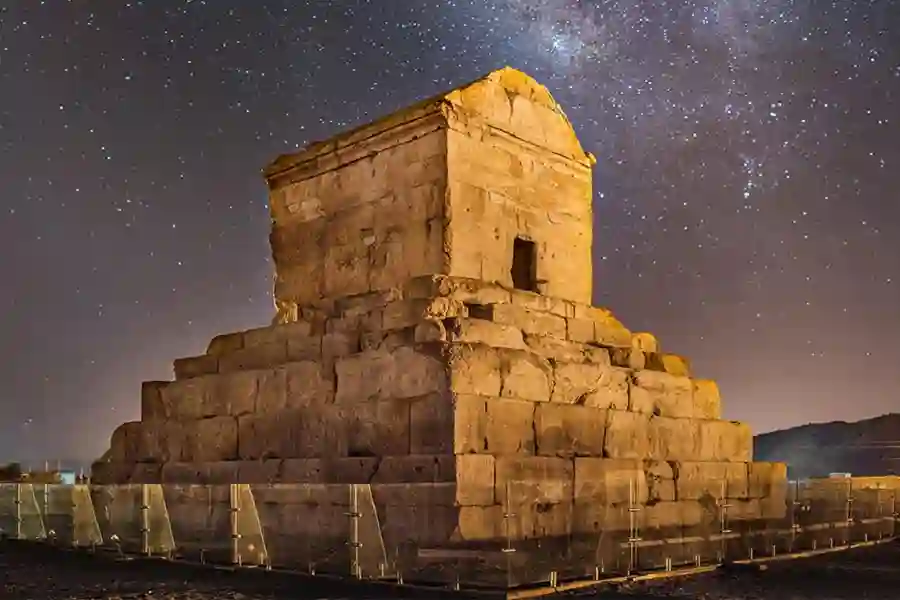
Pasargadae
Pasargadae, another UNESCO World Heritage Site, was the first dynastic capital of the Achaemenid Empire and the burial place of Cyrus the Great. Though more modest in scale than Persepolis, Pasargadae holds immense historical significance. The Tomb of Cyrus, built with simple yet powerful architectural lines, stands as a testament to a ruler known for his visionary governance and tolerance—a concept far ahead of its time.
In terms of Iran historical tourism, Pasargadae provides a unique atmosphere of reverence and reflection. The wide plains, quiet landscapes, and minimalist ruins invite visitors to connect with the philosophical foundations of Persian kingship. For scholars and casual travelers alike, the site offers a different perspective on the majesty of ancient Iran, one grounded in moral leadership and empire-building rooted in justice.
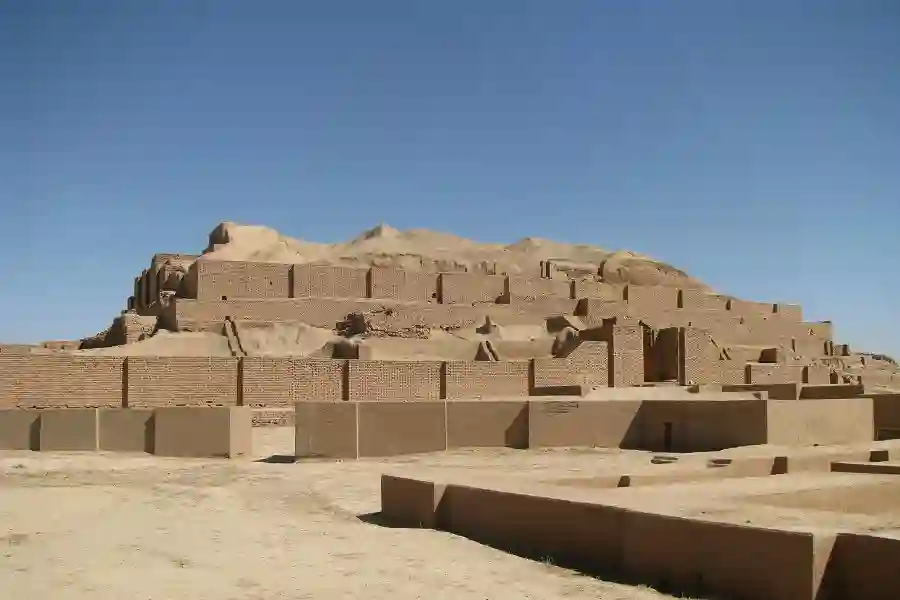
Susa and Chogha Zanbil
Susa, one of the oldest continuously inhabited cities in the world, dates back over 6,000 years and was a major center for the Elamites, Persians, and Parthians. Located in Khuzestan Province, Susa served as a capital during multiple periods of Iranian history. The site includes ruins of royal palaces, administrative buildings, and intricate ceramics that reveal a thriving urban culture deeply interconnected with Mesopotamia and beyond.
Nearby lies the ziggurat of Chogha Zanbil, an awe-inspiring Elamite structure and one of the few well-preserved ziggurats outside Mesopotamia. This ancient religious complex, built around 1250 BCE, reflects the architectural innovation and spiritual beliefs of pre-Achaemenid Iran. These sites are crucial to understanding the regional complexity of Iran historical tourism, as they highlight the lesser-known but equally important pre-Persian civilizations that shaped the region.
Historic Cities That Tell Iran’s Story
Beyond isolated ruins, Iran’s historical legacy thrives in its cities—where ancient traditions, architecture, and culture remain part of daily life. Each city presents a unique lens through which to view the nation’s history. Below are a few cities that form the beating heart of Iran historical tourism:
- Isfahan: Known as “Half of the World”, Isfahan dazzles with Safavid-era mosques, bridges, and squares. Naqsh-e Jahan Square, a UNESCO site, embodies Persian symmetry and elegance
- Yazd: A desert city known for its Zoroastrian heritage, windcatchers, and adobe architecture. Yazd offers a glimpse into pre-Islamic Iran and ancient water management systems
- Shiraz: Home to poets like Hafez and Saadi, Shiraz is also the gateway to Persepolis and filled with lush gardens and ornate shrines
- Kerman: With its historic bazaar, citadels, and caravanserais, Kerman is a crossroads of desert trade and culture
- Hamadan: As one of the oldest Iranian cities, formerly called Ecbatana, Hamadan is rich in Median and Achaemenid history
Islamic and Safavid Era Architecture and Art
The Islamic period in Iran marked a transformation in architectural and artistic expression. With the spread of Islam came a flourishing of new aesthetics—colorful tilework, soaring domes, intricate calligraphy, and the fusion of spiritual and natural symbolism. Cities like Isfahan and Shiraz became cultural capitals where architecture served both religious and civic life. Mosques were built not only as places of worship but as public works of artistic expression.
During the Safavid dynasty, Iran experienced a golden age of architecture and urban planning. The construction of Naqsh-e Jahan Square, Sheikh Lotfollah Mosque, and the bridges of Isfahan reflect the empire’s wealth and cultural sophistication. Safavid contributions to carpet weaving, miniature painting, and decorative arts remain some of Iran’s most celebrated cultural exports. The depth and diversity of Safavid-era creativity is a major draw for travelers interested in art history and aesthetics.
These enduring masterpieces highlight the richness of Iran historical tourism, which is not limited to ruins and monuments but extends into the vibrant visual language that defines Persian identity. Exploring mosques, palaces, and bazaars from this era offers more than beauty—it provides insight into how faith, politics, and culture were deeply intertwined. For art lovers, historians, and architects alike, the Islamic and Safavid legacies are essential to understanding Iran historical tourism.
UNESCO World Heritage Sites in Iran
Iran is home to 27 UNESCO World Heritage Sites, making it one of the most heritage-rich countries in the Middle East. These sites span different eras, regions, and cultural traditions, offering travelers a rich variety of experiences. Each location has been chosen for its universal value and the role it plays in shaping human history. For those drawn to authentic and meaningful travel, exploring these sites is a central part of Iran historical tourism.
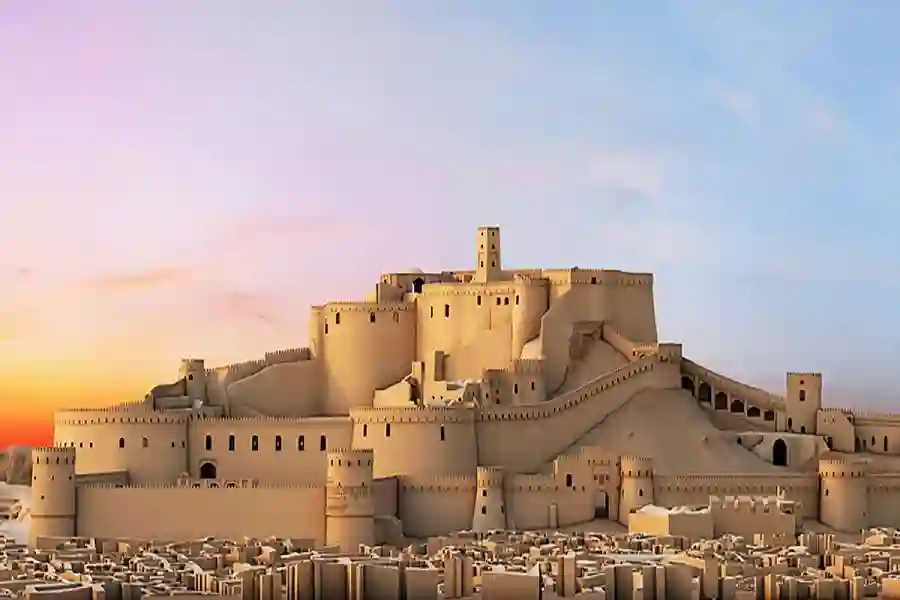
Bam and Its Cultural Landscape
The ancient citadel of Bam, located in southeastern Iran, was once the largest adobe building in the world. Though partially destroyed by an earthquake in 2003, the site has been meticulously restored. Walking through its narrow alleys, old bazaars, and watchtowers gives travelers a real sense of desert life during the pre-modern period.
Bam’s strategic location on the Silk Road and its ingenious use of underground water systems (qanats) make it an architectural and technological marvel. Its inclusion in Iran historical tourism itineraries showcases how heritage can be preserved even after natural disasters, offering lessons in resilience and restoration.
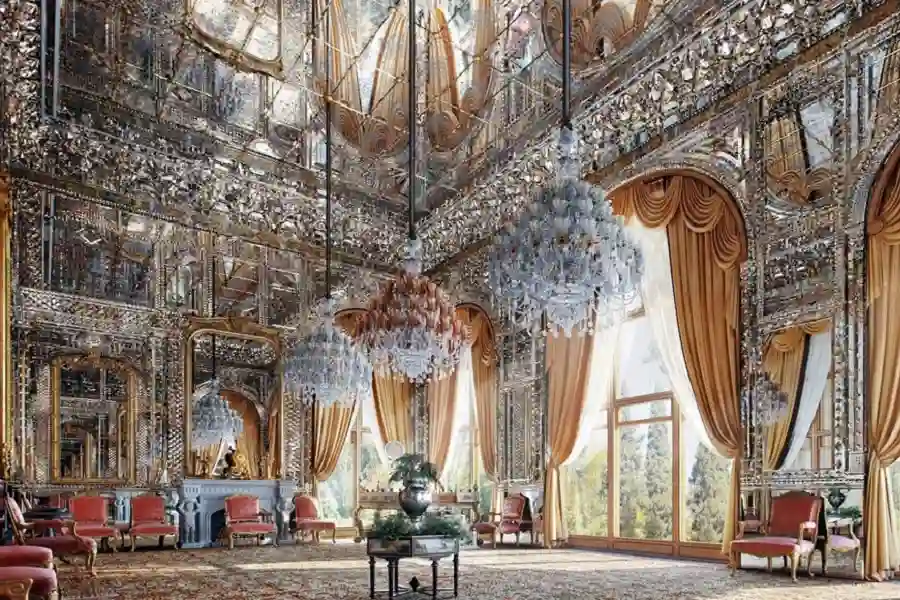
Golestan Palace
Located in the heart of Tehran, the Golestan Palace represents a unique blend of Persian and European architecture from the Qajar period. The mirrored halls, lush gardens, and royal collections make this site a standout among Iran’s more recent historical monuments.
As a focal point of ceremonial life in 19th-century Iran, Golestan Palace offers a glimpse into the evolution of Persian monarchy and culture. Its prominence in Iran historical tourism highlights the country’s ability to merge traditional elegance with modern influences, reflecting Iran’s dynamic historical identity.
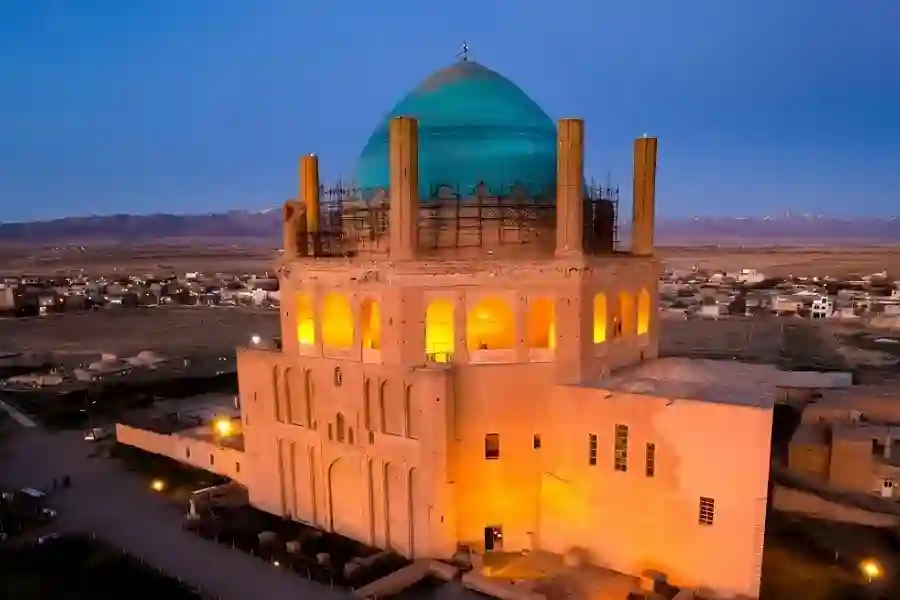
Soltaniyeh Dome
The Soltaniyeh Dome in Zanjan Province is one of the largest brick domes in the world and a masterpiece of early Islamic architecture. Built during the Ilkhanid era, it served as a model for later architectural achievements, including the Taj Mahal.
Its brilliant turquoise tiles and imposing scale have made Soltaniyeh a must-see destination for architecture enthusiasts. As part of Iran historical tourism, this monument stands as a testament to the country’s architectural innovation and spiritual heritage.

Meymand Troglodyte Settlement
Meymand, an ancient village carved into the mountains of Kerman Province, is a unique example of human adaptation to harsh environments. The cave dwellings, still inhabited by locals, reflect a lifestyle that has persisted for over 12,000 years.
This site offers a rare chance to see living history in action. The inclusion of Meymand in Iran historical tourism underscores the importance of cultural sustainability and highlights how heritage can continue to thrive through community involvement.
Cultural Etiquette for Historical Travelers in Iran
Traveling through a country with such a rich cultural heritage requires sensitivity and awareness. Visitors to Iran will find themselves welcomed with warmth and curiosity, but it’s essential to respect local norms, especially when visiting religious or historical sites. Modest clothing, removing shoes before entering shrines, and avoiding loud behavior in sacred spaces are all part of proper etiquette. Photography should also be done with discretion, particularly around people and religious structures.
These gestures of respect enrich the experience of Iran historical tourism by building genuine connections between travelers and hosts. When tourists show cultural humility, they not only enhance their journey but also contribute to a more positive image of international travel. Local guides often appreciate questions and are eager to share insights—take this as an opportunity to learn from those who live the history every day.
How to Plan an Iran Historical Tourism Trip Responsibly
Planning a meaningful historical trip to Iran begins with research and intention. Choosing certified guides, traveling with eco-conscious tour operators, and allocating time for in-depth exploration instead of rushed site-hopping are key steps. It’s important to remember that historical sites are not just tourist attractions but living artifacts that require care and preservation. Avoiding vandalism, littering, or walking on delicate ruins is critical to protecting these treasures for future generations.
Supporting local communities is another core component of responsible Iran historical tourism. Stay in locally owned accommodations, eat at traditional restaurants, and buy handmade crafts directly from artisans. This helps sustain the local economy while ensuring that your travel leaves a positive footprint. By making thoughtful choices, travelers can become part of a global movement to preserve cultural heritage through respectful exploration.





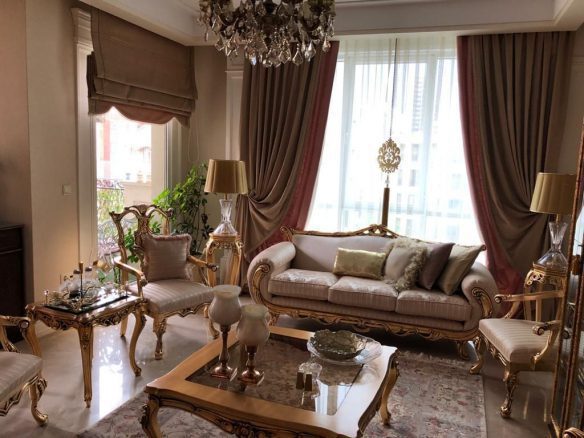


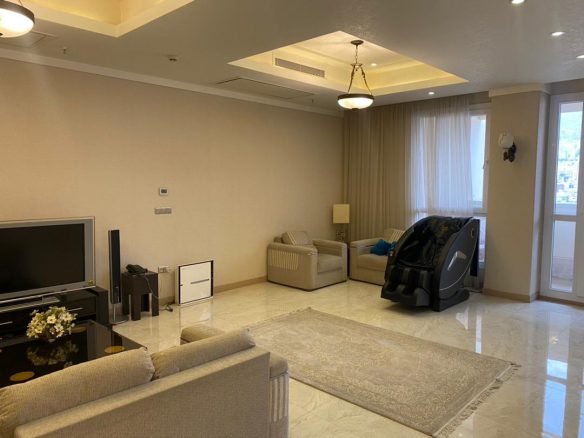

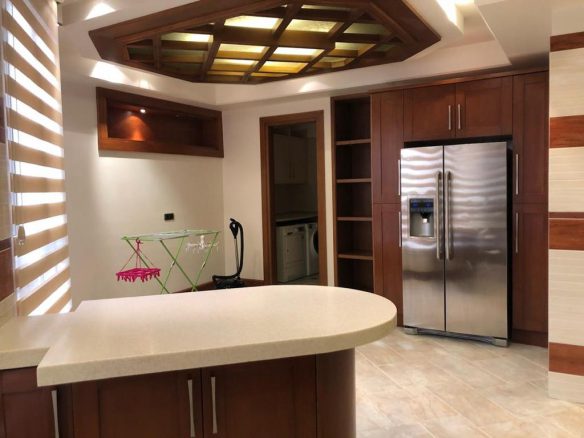
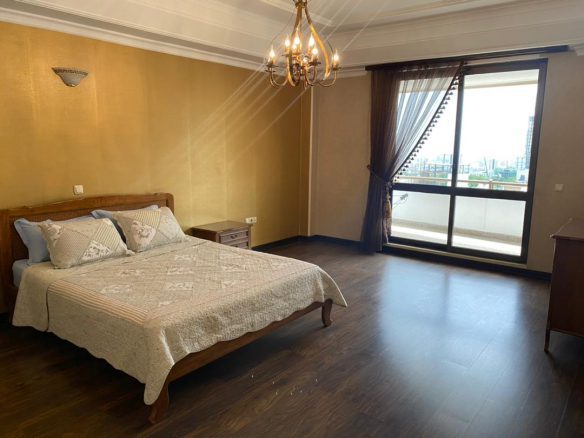


Join The Discussion